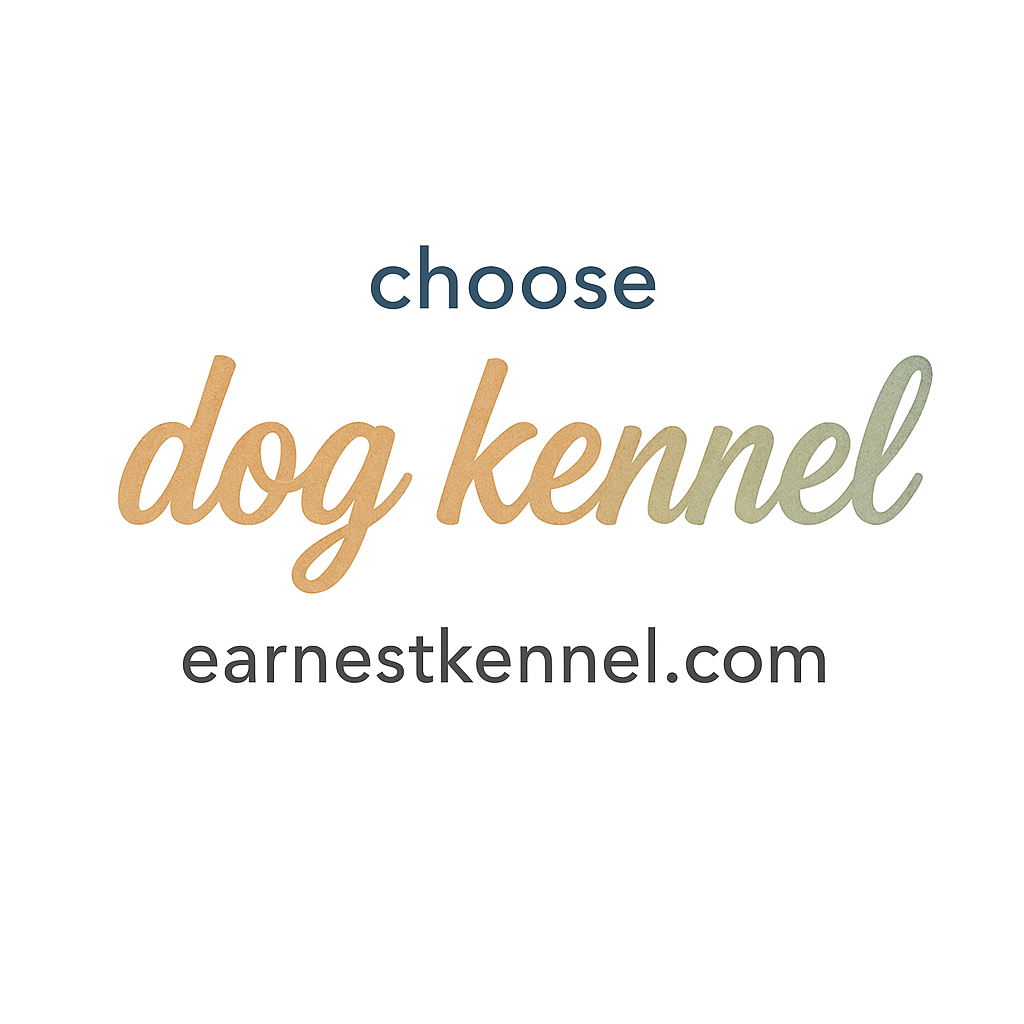Introduction
So, you’ve got more than one furry friend at home—and they’re not exactly sharing space like saints. You’re not alone. Multi-dog households can be chaotic, and having the right kennel setup can make all the difference. Resizing a dog kennel isn’t just about making it bigger—it’s about making it better: smarter, safer, and more suited for your pups’ individual needs. Let’s break it down.
Why Resizing Matters in Multi-Dog Homes
Comfort and Safety Considerations
When you’re housing multiple dogs, comfort and safety are top priorities. A tight space can cause tension, while poorly designed areas can lead to injury. A resized kennel ensures your dogs can stretch, sleep, eat, and even bicker a little—without stepping on each other’s paws.
Check out more about comfort and safety if you’re aiming for a stress-free zone.
Saving Money with Smart Design
Instead of buying multiple crates or kennels, a well-sized communal space can be cost-effective. Plus, a good design reduces damage and maintenance costs in the long run.
Explore our budget and value options to stretch your dollar further.
Step 1: Assess the Number and Size of Your Dogs
Measure Each Dog Properly
Start by measuring your dogs—from nose to tail and paw to shoulder. Different breeds, sizes, and weights mean different space requirements.
Need help with measurements? Visit our size and fit selection guide.
Consider Their Behavior and Activity Level
Got an energetic pup who loves to zoom around? Or a senior dog who prefers naps? You’ll want to factor in energy levels when calculating space.
Step 2: Choose the Right Location
Indoor vs. Outdoor Kennels
Think about where the kennel will live. Indoors offer protection from the elements but may require more cleaning. Outdoor spaces can be more expansive, but you’ll need durable materials.
Accessibility and Safety Factors
Ensure the kennel is accessible for both you and your dogs. It shouldn’t be near sharp tools, toxic plants, or high-traffic zones.
Step 3: Evaluate Existing Kennel Size
Dimensions and Material Check
Pull out a tape measure and note your kennel’s length, width, and height. Is there enough room for your dogs to move freely?
Also, assess if the materials used are suitable. Check for material durability and rust resistance.
Identifying Constraints
Are there barriers—like walls or fencing—that limit expansion? Take those into account during the redesign.

Step 4: Plan the Layout
Zoning for Multiple Dogs
Divide the space into zones: sleeping, eating, and play. Zoning minimizes conflict and makes maintenance easier.
Allowing Space for Movement and Privacy
Dogs need personal space just like people. Ensure there are cubbies or corners where each pup can retreat.
Step 5: Select the Right Materials
Durable, Odor-Resistant & Easy-to-Clean
Choose materials that are tough and resistant to doggie smells. Plastic composites, coated wire, and treated wood are great options.
Find more odor-resistant, clean, and hygienic kennel solutions.
Rust-Resistant and Weatherproof Materials
For outdoor kennels, rust resistance is a must. Go for galvanized steel or powder-coated frames.
Here’s more on rust‑resistant materials.
Step 6: Build or Modify with Safety in Mind
Secure Latches, Bar Spacing, and Flooring
Keep the escape artists at bay! Use child-proof latches, proper bar spacing (no heads stuck, please), and skid-resistant flooring.
Avoiding Sharp Edges and Hazardous Areas
Smooth out edges and corners. Think baby-proofing—but for dogs.
Step 7: Provide Separate Feeding and Rest Areas
Reducing Competition and Aggression
Food fights are real. Use partitions or feeding stations to avoid squabbles.
Cleanliness and Hygiene Management
Separate rest and dining zones help maintain cleanliness and reduce mess.
Check out more clean and sanitizing tips.
Step 8: Incorporate Travel and Portability Features
Making It Easy to Move or Expand
Use modular designs that allow you to resize or relocate the kennel when needed.
For travel-friendly options, explore our travel and portability section.
Portable Kennel Accessories
Look for foldable crates, wheels, and stackable compartments.
Browse travel and convenience tags for gear ideas.
Step 9: Maintain and Monitor the Kennel Regularly
Sanitation and Cleaning Schedule
Daily scooping, weekly washes, and monthly deep cleans are essential. Odors and bacteria build fast in multi-dog setups.
Checking for Wear and Tear
Inspect hinges, latches, and flooring monthly. Replace or fix worn parts before they become dangerous.
For longevity, explore long-run and maintenance strategies.
Conclusion
Resizing a dog kennel for a multi-dog household isn’t just a weekend project—it’s a step toward a happier, healthier environment for your furry family. With thoughtful planning, the right materials, and regular maintenance, your dogs can coexist comfortably and safely. Make every square inch count, and don’t forget—dogs appreciate a little privacy too!
Want to see examples of optimized kennels? Check out Earnest Kennel for smart solutions!
FAQs
- How much space does each dog need in a kennel?
Generally, 36 inches of length per medium-sized dog is a good start. Bigger breeds? You’ll need more. - Can I use indoor materials for outdoor kennels?
Not recommended. Stick with weatherproof and rust‑resistant materials for outdoor durability. - What’s the best flooring for a multi-dog kennel?
Non-slip rubber mats or slatted floors are ideal—safe, easy to clean, and odor-resistant. - How often should I clean a multi-dog kennel?
Daily spot cleaning and a thorough weekly scrub keeps the space fresh. - Do I need a separate space for feeding?
Yes! To prevent food aggression, each dog should have its own feeding station. - Is it cheaper to resize a kennel or buy new ones?
Resizing is often more cost-effective, especially with modular components. Explore budget solutions. - What are must-have accessories for multi-dog kennels?
Think certified bowls, chew-resistant beds, dividers, and portable crates for travel.
For more ideas, check our full collection at Earnest Kennel.


